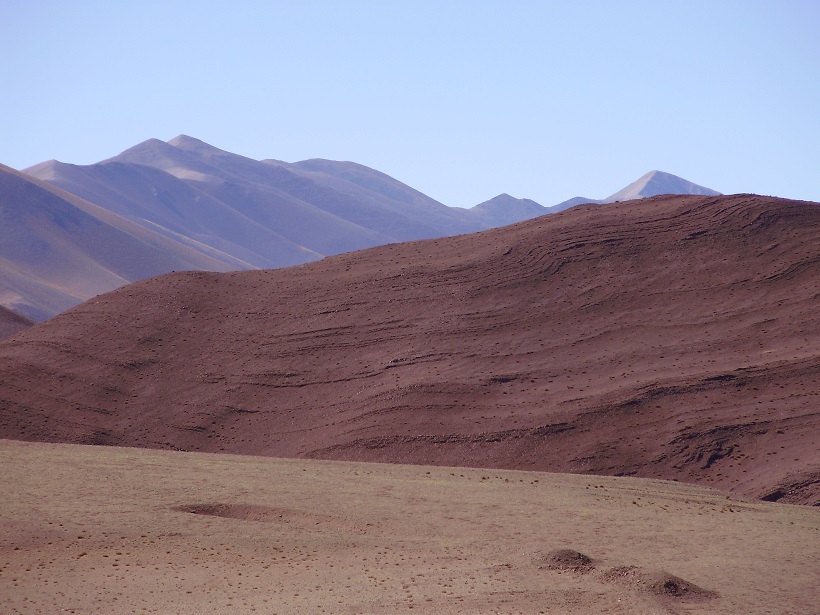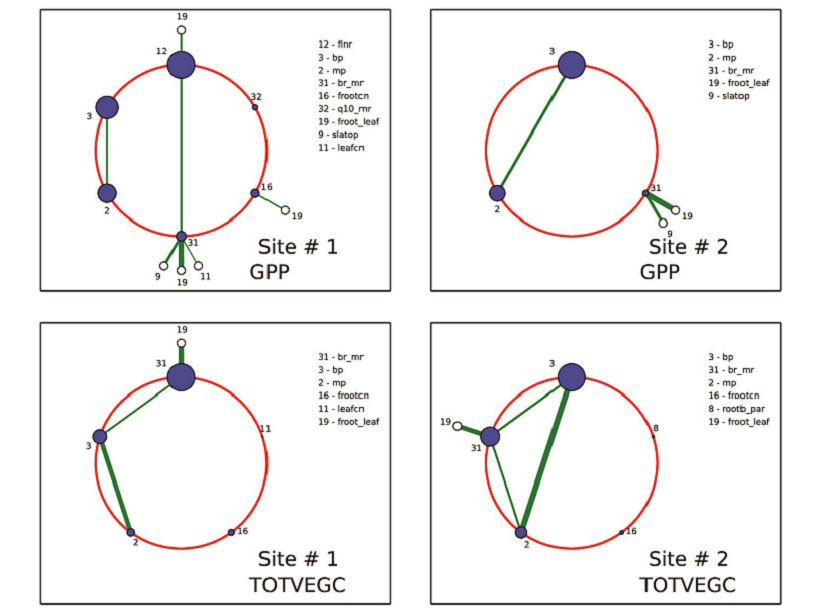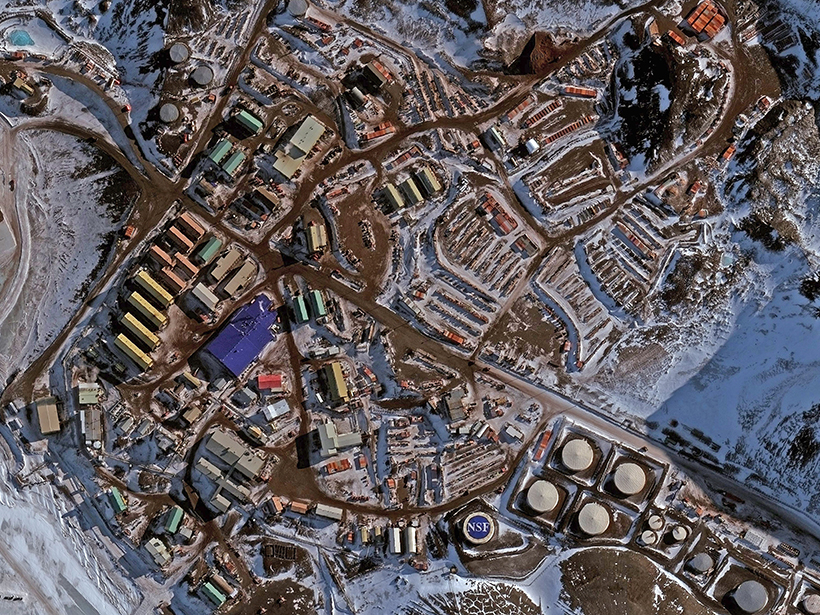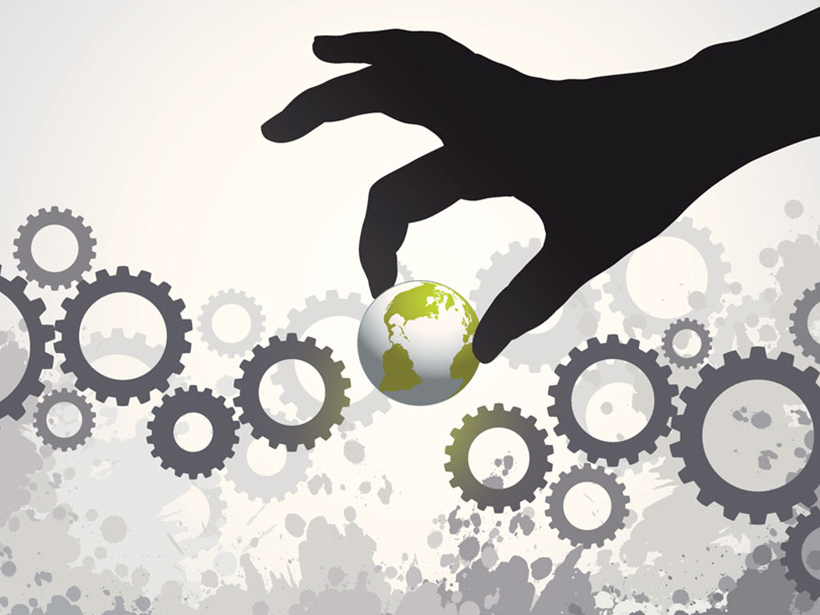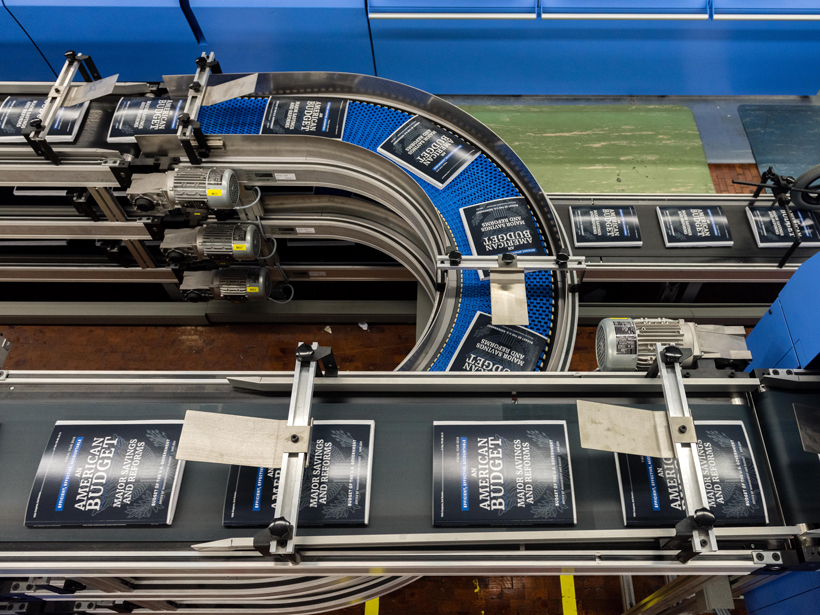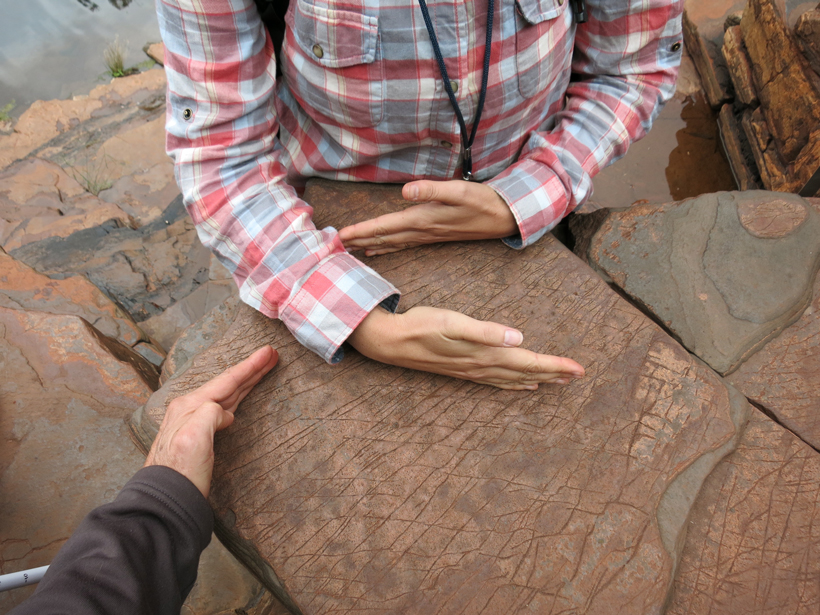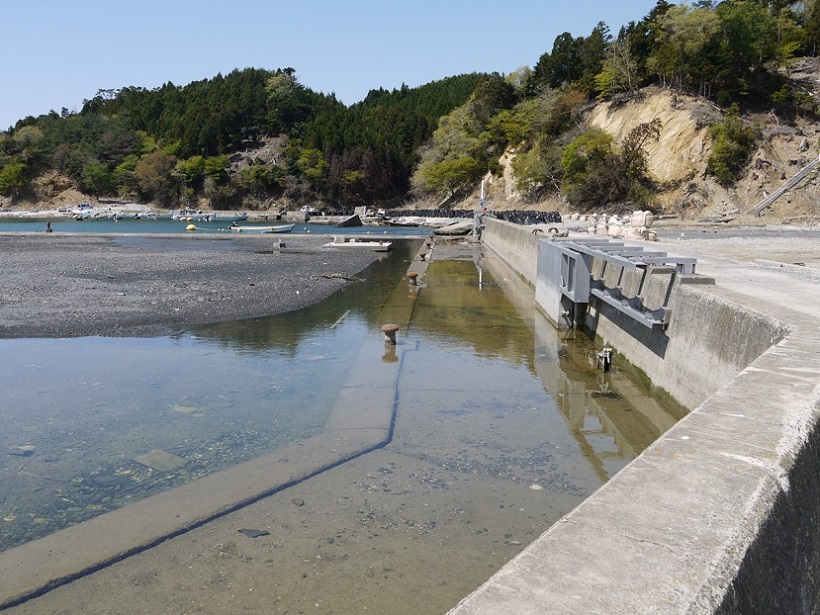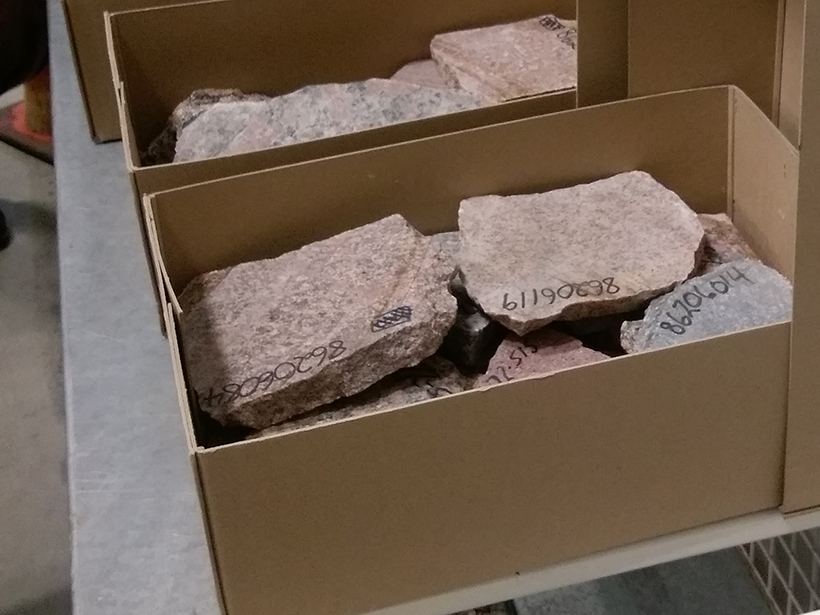Geochronology and thermochronology combine geochemistry, nuclear reactions, and technology to probe the history and dynamics of Earth and planetary processes.
Earth science
A Powerful New Tool to Analyze and Calibrate Earth System Models
Polynomial chaos and Bayesian compressive sensing are applied to a land surface model to understand how large numbers of tunable parameters interact and may be optimized.
NSF’s Budget Details Provide Some Good News for the Geosciences
The budget features significant funding for polar region science, including efforts to document and understand rapid changes in the Arctic and to modernize Antarctic infrastructure.
Climate Models Are Uncertain, but We Can Do Something About It
Model simulations of many climate phenomena remain highly uncertain despite scientific advances and huge amounts of data. Scientists must do more to tackle model uncertainty head-on.
White House Budget Plan Presents a Mixed Picture for Science
The administration’s blueprint, now with Congress, would spare some geoscience agencies because of a budget deal reached with Congress last week, but EPA, NOAA, and USGS would be hit hard.
Learning to Form Accurate Mental Models
A cycle of prediction, comparison, and feedback supports spatial learning in geoscience.
Modeling Megathrust Zones
A recent paper in Review of Geophysics built a unifying model to predict the surface characteristics of large earthquakes.
Pedotransfer Functions Bring New Life to Earth System Modeling
A recent paper in Reviews of Geophysics describes how currently available soil information furthers our understanding of soil processes and their integration in Earth system modeling.
Scientists Create Catalog of Altotiberina Fault in Italy
More than 37,000 small earthquakes paint a picture of the fault’s behavior and seismic potential.
Connecting Scientific Data and Real-World Samples
International Symposium on Linking Environmental Data and Samples; Canberra, Australia, 29 May to 2 June 2017

